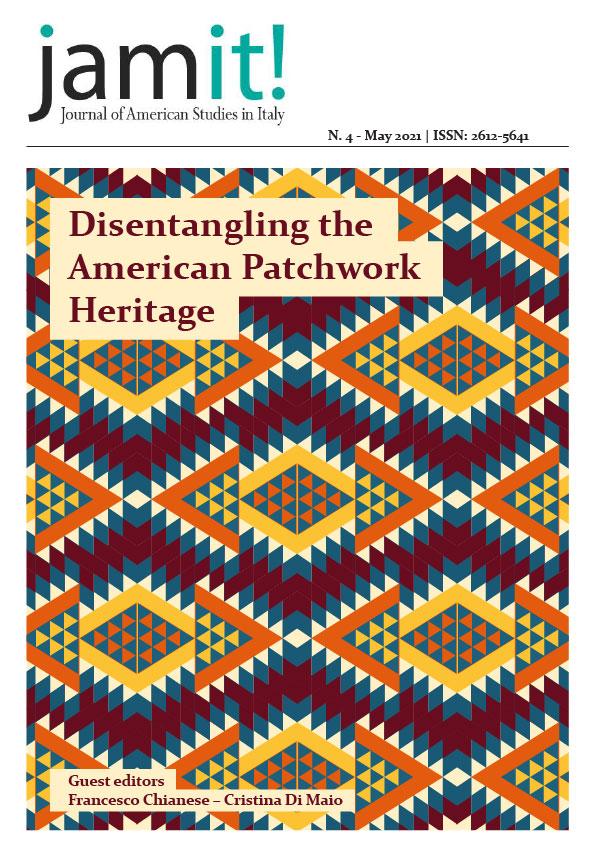The Subtle Residual
Baroque Echoes in The Scarlet Letter
DOI:
https://doi.org/10.13135/2612-5641/4887Parole chiave:
The Scarlet Letter, Nathaniel Hawthorne, Baroque, Raymond WilliamsAbstract
The following essay analyzes significant Baroque substrata underlying in The Scarlet Letter, seized, inter alia, in relation to momentous Puritan legacy, an essential element of Nathaniel Hawthorne’s literary work. In particular, the paper focuses on analyzing crucial and minor Baroque topoi represented in the novel, such as metamorphosis, relativism and ambivalence of reality, anxiety and death obsession. Furthermore, the article investigates the role of sharp chromatism within The Scarlet Letter, use of typical Baroque symbols, such as ellipsis and maze, and the fundamental role of distinctive Baroque tropes, id est metaphor and antithesis.
In order to examine the aforementioned Baroque elements, the present essay resorts to the theoretical framework drawn up by Raymond Williams in his classic work Marxism and Literature. The former theoretical model, elaborated by Williams on the basis of Gramsci’s concept of hegemony, aims at describing social and cultural practices and phenomena as dynamical interaction between “residual,” “dominant” and “emergent” components. Nerveless the “dominant” represent the core of the cultural triad, the “residual” and the “emergent” situated on its periphery are likewise essential for a persuasive dynamic description of literary phenomena at any given moment.
The following article interprets the echoes of the Baroque literary tradition in the novel by Nathaniel Hawthorne as belonging to the domain of “residual” and hence effectively formed in the past, but still active in the cultural process as an effective element of the present.
##submission.downloads##
Pubblicato
Fascicolo
Sezione
Licenza
Authors who publish with this journal agree to the following terms:
- Authors retain the copyright and full publishing rights for their submissions to the journal.
- Authors grant the journal right of first publication with the work simultaneously licensed under a Creative Commons Attribution-NonCommercial-NoDerivatives 4.0 International License that allows others to share unedited work for non-commercial purposes with an acknowledgement of the work's authorship and initial publication in this journal.
- Authors are able to enter into separate, additional contractual arrangements for the non-exclusive distribution of the journal's published version of the work (e.g., post it to an institutional repository or publish it in a book), with an acknowledgement of its initial publication in this journal.
- Authors are permitted and encouraged to post their work online (e.g., in institutional repositories or on their website) prior to and during the submission process, as it can lead to productive exchanges, as well as earlier and greater citation of published work (See The Effect of Open Access).




